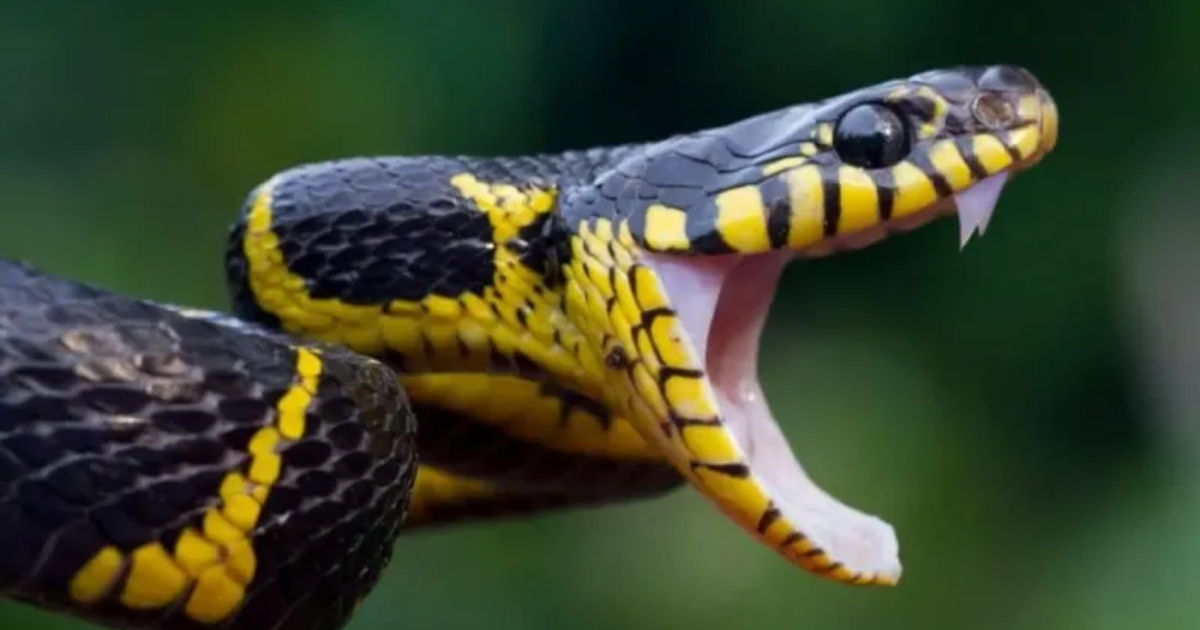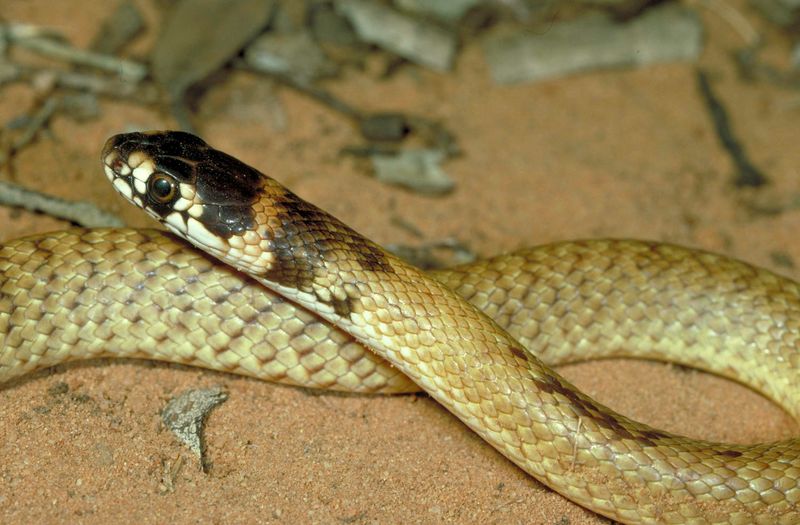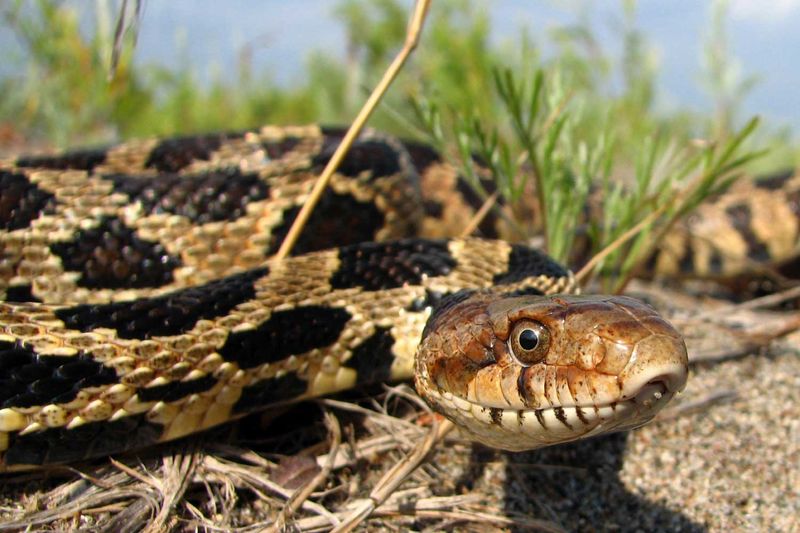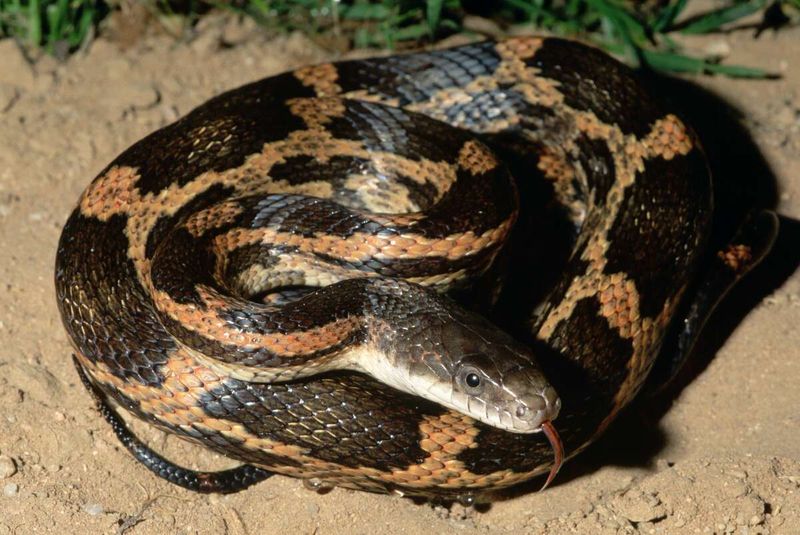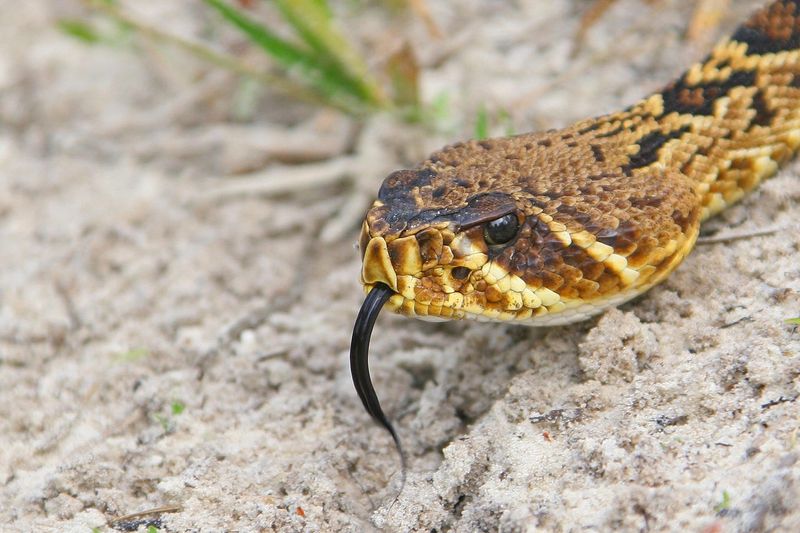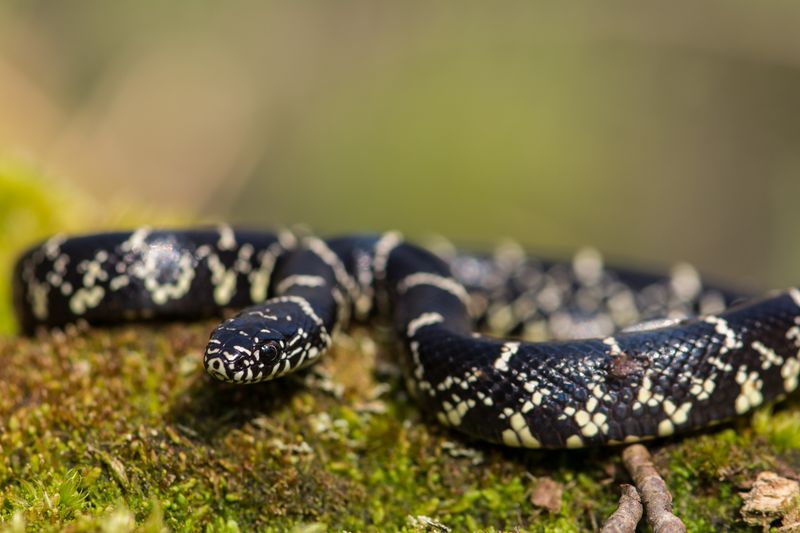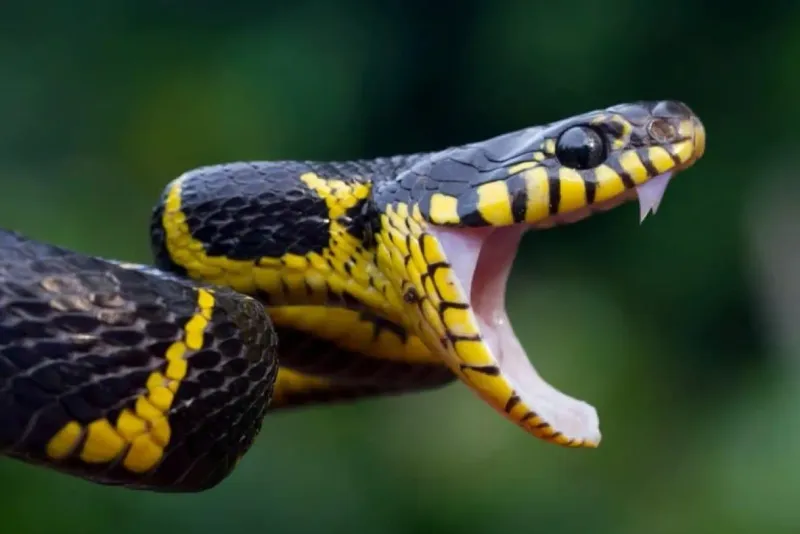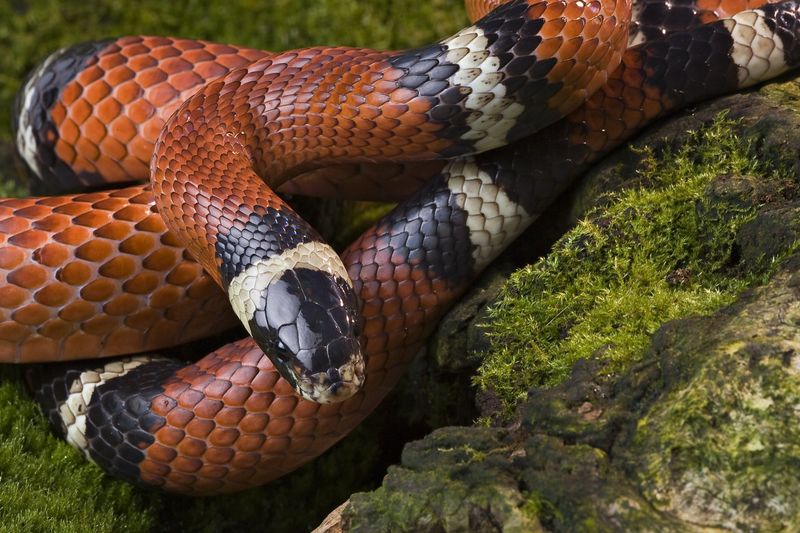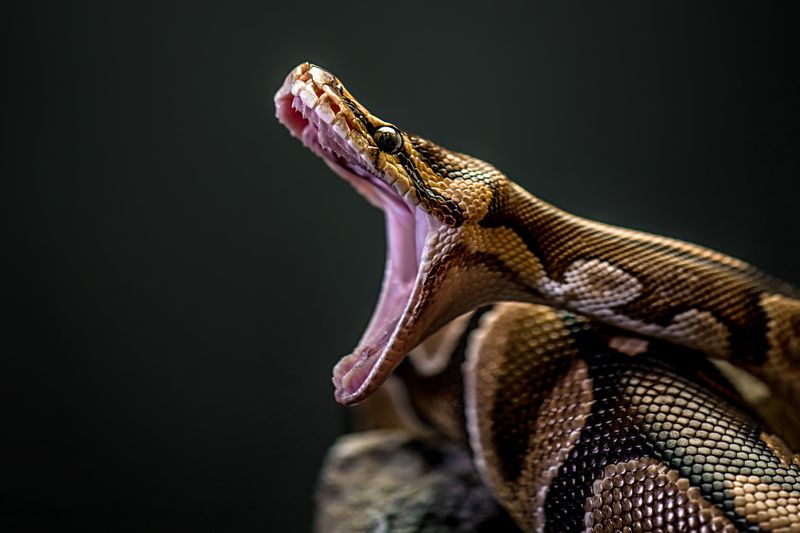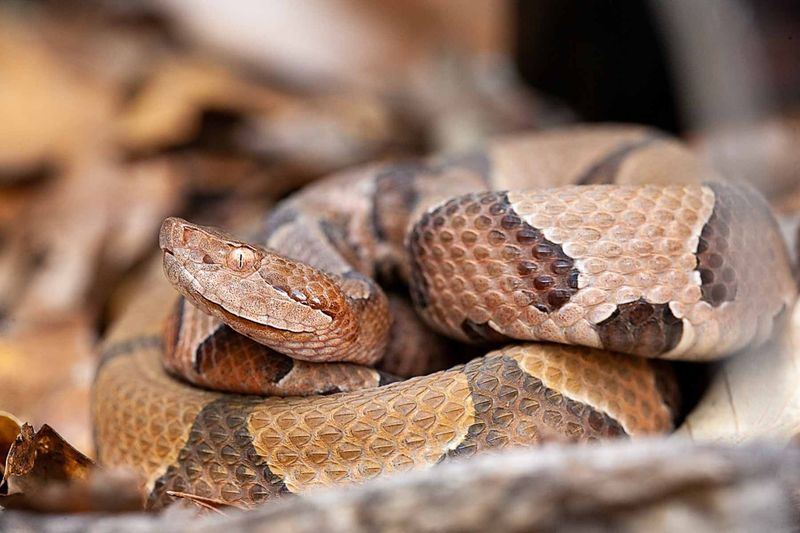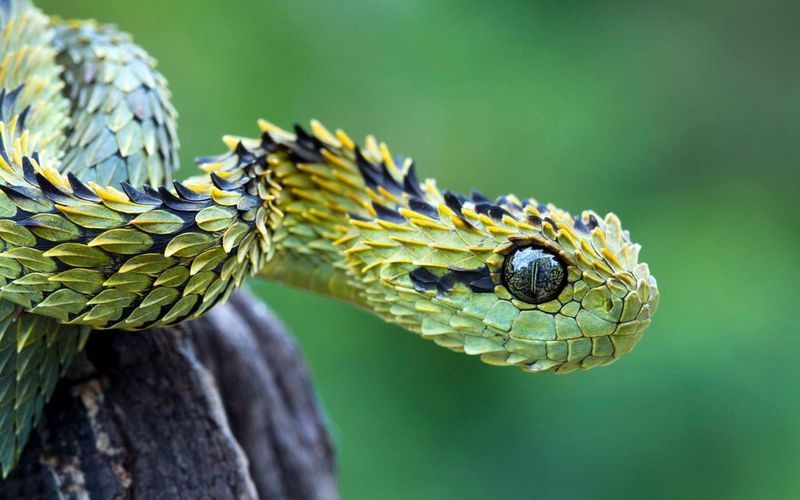📖 Table of Content:
Snakes have long been the subject of fear, fascination, and countless misconceptions. From ancient folklore to modern-day misunderstandings, these slithering creatures are often unfairly judged based on myths rather than facts.
While snakes play a vital role in ecosystems around the world, their reputation is clouded by exaggerated tales and misinformed beliefs.
That’s why we wanted to shed some light on the truth behind some of the most widespread myths about snakes.
Whether you’re a snake enthusiast or someone with a lingering fear of these reptiles, it’s time to separate fact from fiction. Here are 10 common myths about snakes we should all finally stop accepting at face value.
1. Snakes are Aggressive
Many people believe that snakes are inherently aggressive creatures. This myth likely stems from fear and misunderstanding. In reality, snakes are shy animals that prefer to avoid human interaction. They typically only act defensively when they feel threatened or cornered.
For instance, if you stumble upon a snake in the wild, it’s more likely to slither away than to strike. Snakes use their natural camouflage and stealth to avoid conflict. Their primary focus is survival, which means staying out of harm’s way.
Understanding their behavior can alleviate fears. Approaching snakes calmly and respectfully reduces the risk of defensive aggression. Remember, snakes strike only as a last resort. By giving them space, you can coexist peacefully with these fascinating reptiles.
2. Snakes are Slimy
A common myth is that snakes are slimy creatures. This misconception arises from their shiny, smooth appearance. In truth, snakes have dry, scaly skin that helps them to move smoothly across various surfaces.
The scales are made of keratin, the same material found in human fingernails, giving them a dry touch. This adaptation allows them to retain moisture and protects them from environmental elements.
Next time you encounter a snake, take a closer look at its scales. You might be surprised at their dry texture and intricate patterns. Appreciating these unique features can help dispel the myth of their sliminess and foster a greater appreciation for these reptiles.
3. All Snakes Are Venomous
The belief that all snakes are venomous is a widespread myth. In reality, only a small percentage of snake species possess venom, and even fewer are dangerous to humans. Most snakes are harmless and play vital roles in controlling pest populations.
Non-venomous snakes, such as garter snakes, corn snakes, and king snakes, are common in many regions and pose no threat to people. They often serve as natural pest control by preying on rodents and insects.
Understanding the difference between venomous and non-venomous snakes is crucial. Learning to identify local snake species can alleviate unnecessary fears. By recognizing their beneficial roles, we can coexist with these fascinating creatures in harmony.
4. Snakes Chase People
A dramatic myth is that snakes chase people. This misconception likely comes from misinterpreted snake behavior. Snakes might move toward a person if the person is between the snake and its escape route, but they are not chasing them.
Snakes prioritize escaping from perceived threats. Their movements can seem unpredictable, especially when startled, but they are not actively pursuing humans. Most snakes have poor eyesight and rely on vibrations and scent to navigate their surroundings.
By understanding their behavior, we can avoid unnecessary panic. If you encounter a snake, remain calm and give it space to retreat. Recognizing that snakes don’t chase people can reduce fear and encourage peaceful coexistence with these misunderstood animals.
5. Snakes Hypnotize Prey
The idea that snakes hypnotize their prey is a captivating myth. This belief might arise from the intense focus snakes exhibit when hunting. In reality, snakes rely on stealth and speed, not hypnosis, to catch their prey.
Snakes have highly developed sensory abilities that help them detect and capture prey. They use their forked tongues to pick up scent particles, guiding them to their next meal. Additionally, some species can detect heat signatures, aiding in hunting warm-blooded animals.
Understanding their hunting techniques reveals the truth behind this myth. Rather than mystically enchanting their prey, snakes are efficient predators that use natural adaptations to survive. Appreciating these skills can deepen our respect for their role in the ecosystem.
6. Snakes Are Deaf
The myth that snakes are deaf is rooted in their lack of external ears. However, snakes are far from deaf. They possess internal ear structures that allow them to detect vibrations and low-frequency sounds.
Snakes “hear” by picking up vibrations through their jawbones and body, allowing them to sense approaching predators or prey. This unique adaptation is particularly effective in environments like dense foliage or underground.
Realizing that snakes have a unique way of hearing can change our perception of them. They are highly attuned to their surroundings, using their specialized senses to navigate the world. By debunking this myth, we gain a greater understanding of their adaptability and resilience.
7. Snakes Drink Milk
A persistent myth in some cultures is that snakes drink milk. This belief is both misleading and harmful to snakes. Snakes are carnivorous reptiles with no need for milk, as their diet consists mainly of rodents, birds, and other small animals.
This myth may have originated from observing captive snakes near milk sources or through cultural tales. However, offering milk to snakes can lead to malnutrition and health problems, as they are not equipped to digest it.
Understanding the natural dietary needs of snakes is essential for their well-being. Providing them with appropriate prey ensures they receive the necessary nutrients. Dispelling this myth can encourage better care practices and foster a more accurate appreciation of snake biology.
8. Snakes Can Dislocate Their Jaws
The notion that snakes dislocate their jaws to eat is a widespread myth. In reality, snakes have highly flexible jaws connected by stretchy ligaments, allowing them to consume prey much larger than their head.
This adaptation enables them to feed on a range of animals, from small rodents to larger mammals. The jaw’s elasticity, combined with backward-facing teeth, helps guide prey down the throat.
By understanding snake anatomy, we can appreciate their unique feeding mechanisms. Rather than dislocating, their jaws expand and contract with precision. This remarkable adaptation showcases the incredible efficiency and specialization of snakes in their respective habitats.
9. Snakes Are Loners
© Missouri Department of Conservation
The myth that snakes are solitary creatures is not entirely accurate. While many species are indeed solitary hunters, some exhibit social behaviors, especially during breeding or hibernation.
Certain snake species, like garter snakes, form communal dens for warmth and protection. These gatherings can involve hundreds of individuals cohabiting peacefully. During mating season, snakes may engage in behaviors such as courtship dances.
Recognizing the social aspects of some snake species can change our perception of them. While not as social as mammals or birds, snakes do have interactions that are crucial for their survival. Learning about these behaviors enriches our understanding of their complex lives.
10. Snakes Are Evil
The portrayal of snakes as evil creatures is a deep-seated myth in many cultures. This belief often stems from religious texts and folklore, where snakes are symbols of deceit or danger. However, in reality, snakes play crucial roles in ecosystems.
Snakes control pest populations and maintain ecological balance. They are vital components of the food chain, supporting biodiversity. By reducing rodents, they prevent the spread of diseases and protect crops.
Understanding the ecological importance of snakes can help dispel this myth. Education and awareness are key to appreciating their value. By shifting the narrative, we can foster coexistence and conservation efforts for these vital yet misunderstood reptiles.
